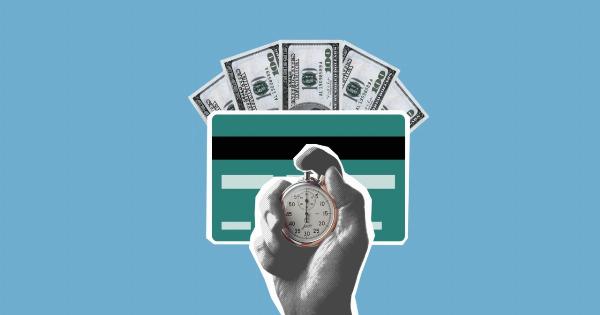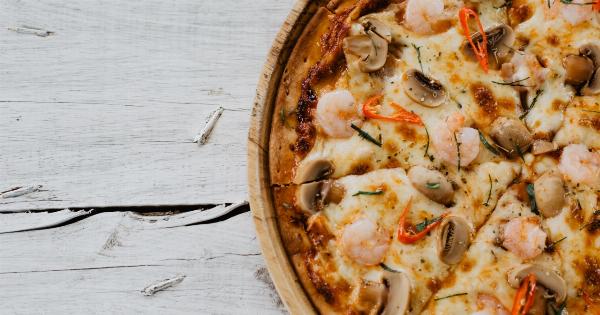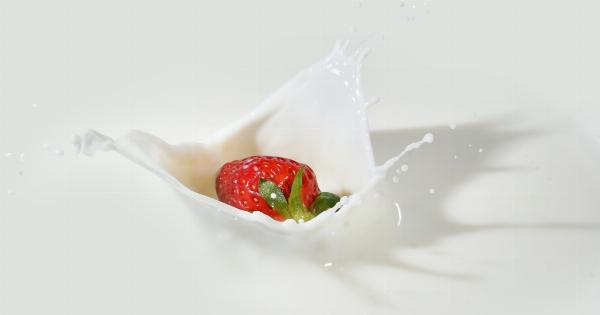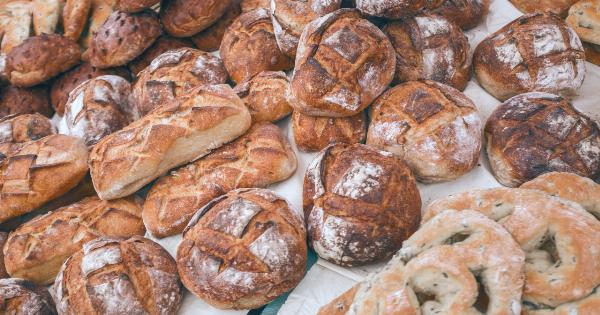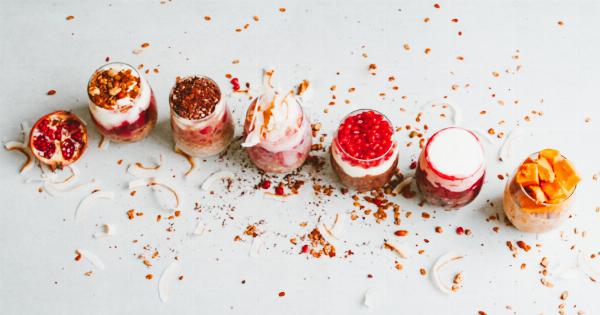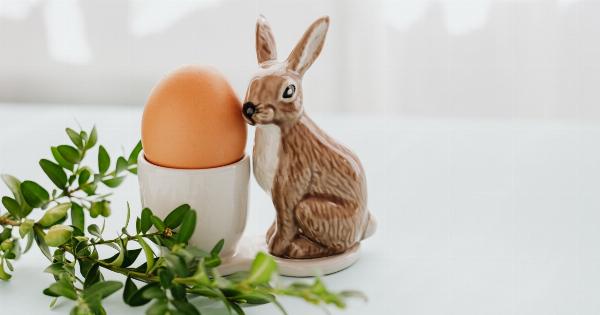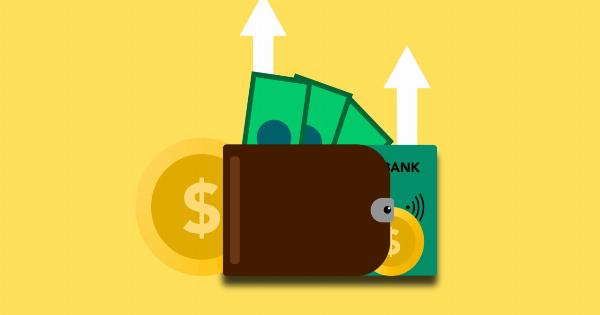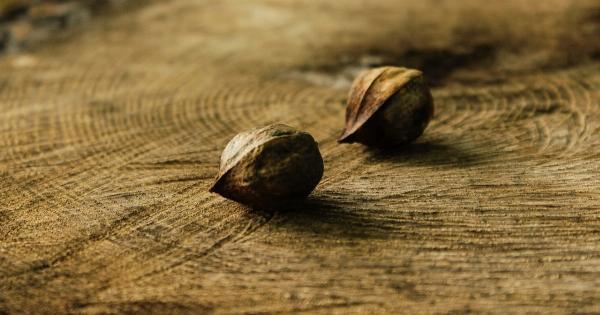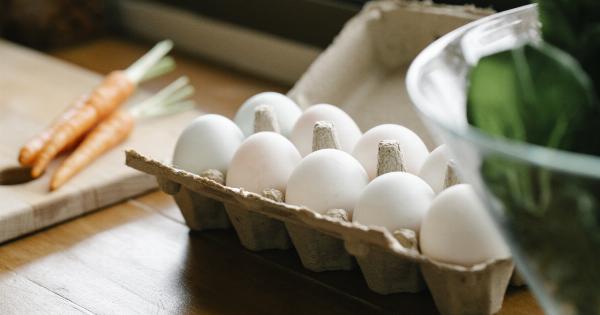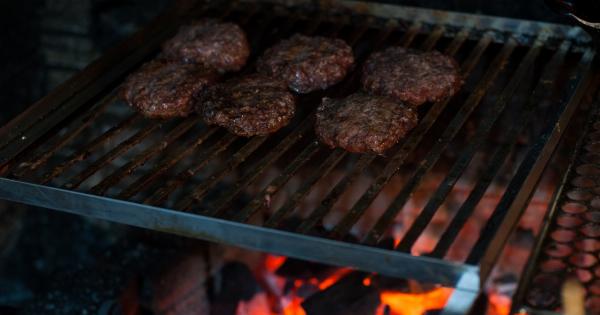When we think of freezing food, we often think of the usual suspects: frozen fruits and veggies, meats, and leftovers.
But did you know that there are many other foods you can freeze that you may not have considered? Not only does freezing these foods extend their shelf life, but it also allows you to save time and money by buying in bulk. Read on to learn about freezer-friendly foods you never knew you could freeze!.
Baked Goods
Many baked goods can be frozen for later enjoyment. Breads, muffins, and even cakes can be frozen for up to three months without sacrificing taste or texture. Slice the bread or cake and wrap well before freezing.
Muffins can be frozen individually and then stored in a larger container or freezer bag. Be sure to cool baked goods completely before freezing to prevent moisture buildup.
Cooked Grains
Cooked grains such as rice and quinoa can be frozen for future meals. Simply cook the grains, let them cool, and place in a freezer-safe container or bag. You can freeze them in individual portions or in larger batches.
To reheat, either microwave or steam until heated through.
Nuts
You may not have considered freezing nuts, but it’s a great way to extend their shelf life and prevent spoilage. Nuts contain oils that can go rancid over time, but freezing prevents this from happening.
To freeze nuts, place them in a single layer on a baking sheet and freeze for an hour. Then transfer them to a freezer-safe container or bag. Nuts can be frozen for up to six months.
Cheese
Cheese can be frozen if you plan to use it for cooking or melting. Hard cheeses such as cheddar and Swiss can be grated and frozen in a container or freezer bag. Soft cheeses such as ricotta can be placed in a freezer-safe container.
Cheese can be frozen for up to six months.
Herbs
If you grow your own herbs or buy them in bulk, you can freeze them for future use. Simply chop the herbs and place them in an ice cube tray. Fill each cube with water or olive oil and freeze.
Once frozen, transfer the cubes to a freezer-safe container or bag. You can then use the frozen herb cubes in soups, stews, or sauces.
Egg Whites
If you have extra egg whites after using the yolks for baking, you can freeze them for later use. Place them in a freezer-safe container or bag and freeze. To use, simply thaw them in the refrigerator overnight.
Frozen egg whites can be used for meringues, angel food cakes, or other recipes that require egg whites.
Tomato Paste
If you buy a can of tomato paste but only need a small amount for your recipe, you can freeze the rest for later use. Line a baking sheet with parchment paper and drop spoonfuls of tomato paste onto the paper.
Freeze until solid, then transfer the tomato paste to a freezer-safe container or bag. Frozen tomato paste can be used for sauces, soups, and stews.
Aquafaba
Aquafaba is the liquid leftover from cooking chickpeas. It can be used as a vegan substitute for egg whites in recipes such as meringues and macarons. If you have leftover aquafaba, you can freeze it for later use.
Simply pour it into an ice cube tray and freeze. Once frozen, transfer the cubes to a freezer-safe container or bag.
Coconut Milk
If you’ve opened a can of coconut milk but don’t need the entire can for your recipe, you can freeze the rest for later. Simply pour the coconut milk into an ice cube tray and freeze.
Once frozen, transfer the cubes to a freezer-safe container or bag. Frozen coconut milk can be used in smoothies or curries.
Pasta Sauce
Leftover pasta sauce can be frozen for later use. Simply let the sauce cool, then transfer it to a freezer-safe container or bag. Frozen pasta sauce can be used for future pasta dishes or as a pizza sauce.
Conclusion
By thinking outside of the box, you can save time and money by freezing foods you never knew you could freeze. From baked goods to aquafaba, there are many foods that can be stored in the freezer for later use.
Just be sure to label and date everything you freeze for easy identification. Happy freezing!.

